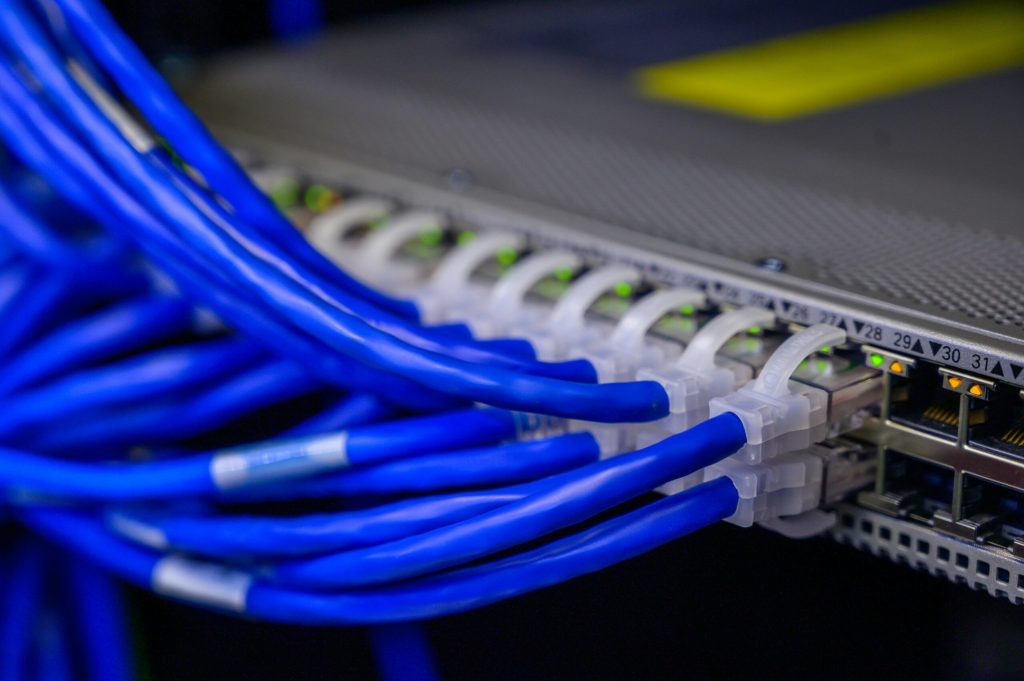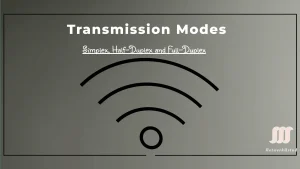A WLAN allows devices to connect and communicate without using wires or cables. However, traditional wired LAN devices communicate over Ethernet cables. Both WLAN and LAN share a similar origin. The IEEE has chosen the 802 network standards for LAN/MAN portfolios of computer network architecture.

The two primary 802 standards are 802.3 Ethernet and 802.11 WLAN. However, there are significant differences between both. Wireless LANs use Radio Frequencies instead of cables at the physical layer and MAC sublayer of the data link layer. The main differences between WLAN and LAN are as follows:
- The first difference is that 802.13 uses Ethernet cable, while 802.11 uses RF waves. The RF allows data frames to travel without wire and is available to anyone receiving the RF signal.
- RF is insecure from outside signals, but the cable is in an insulating sheath. Radios working alone in the same geographic area but using the same or a similar RF can interfere with each other. The signal varies as it reflects, refracts, and is lost depending on the environment.
- In the WLAN, radio stations could start playing over each other when the RF signal travels further away from the source, and static noise would increase. Finally, the signal would be lost. However, LANs have cables of appropriate lengths to maintain signal strength.
- Wireless LAN is more susceptible to attacks because it is more exciting. However, in the LAN, attacks depend on who and what was installed into devices and what is being connected.
- Wireless LANs involve additional regulations and standards not applied to wired LANs.
- Wireless APs and wireless Routers have a limit of several users connected to a single Wireless Router, depending on the type of Wireless Router. However, LAN depends on the number of Ethernet ports a router or a switch has. We can increase the number of ports by adding additional switches.
- WLAN 802.11 advised collision avoidance (CSMA/CA) instead of collision detection (CSMA/CD) for media access to dynamically avoid collisions within the media.
- WLANs’ frame format differs from wired Ethernet LANs, so they require additional information in the Layer 2 header of the frame.
- WLANs increase privacy issues because radio frequencies can reach anyone outside the required location.
We can summarize in a table as is under
| Aspect | WLAN (Wireless Local Area Network) | LAN (Local Area Network) |
|---|---|---|
| Connection Method | Wireless (via radio frequency signals, Wi-Fi) | Wired (via physical cables, such as Ethernet) |
| Range | Limited by signal strength and obstructions | Limited by cable length |
| Mobility | Limited devices are typically stationary | Generally more accessible, no need for physical cables |
| Installation | Generally easier, no need for physical cables | Requires laying cables and infrastructure |
| Speed and Reliability | May vary due to signal interference and distance | Generally fast and reliable with wired connections |
| Interference | Susceptible to signal interference and congestion | Less susceptible to interference |
| Examples of Usage | Homes, offices, public areas, mobile devices | Offices, schools, data centers, homes |





